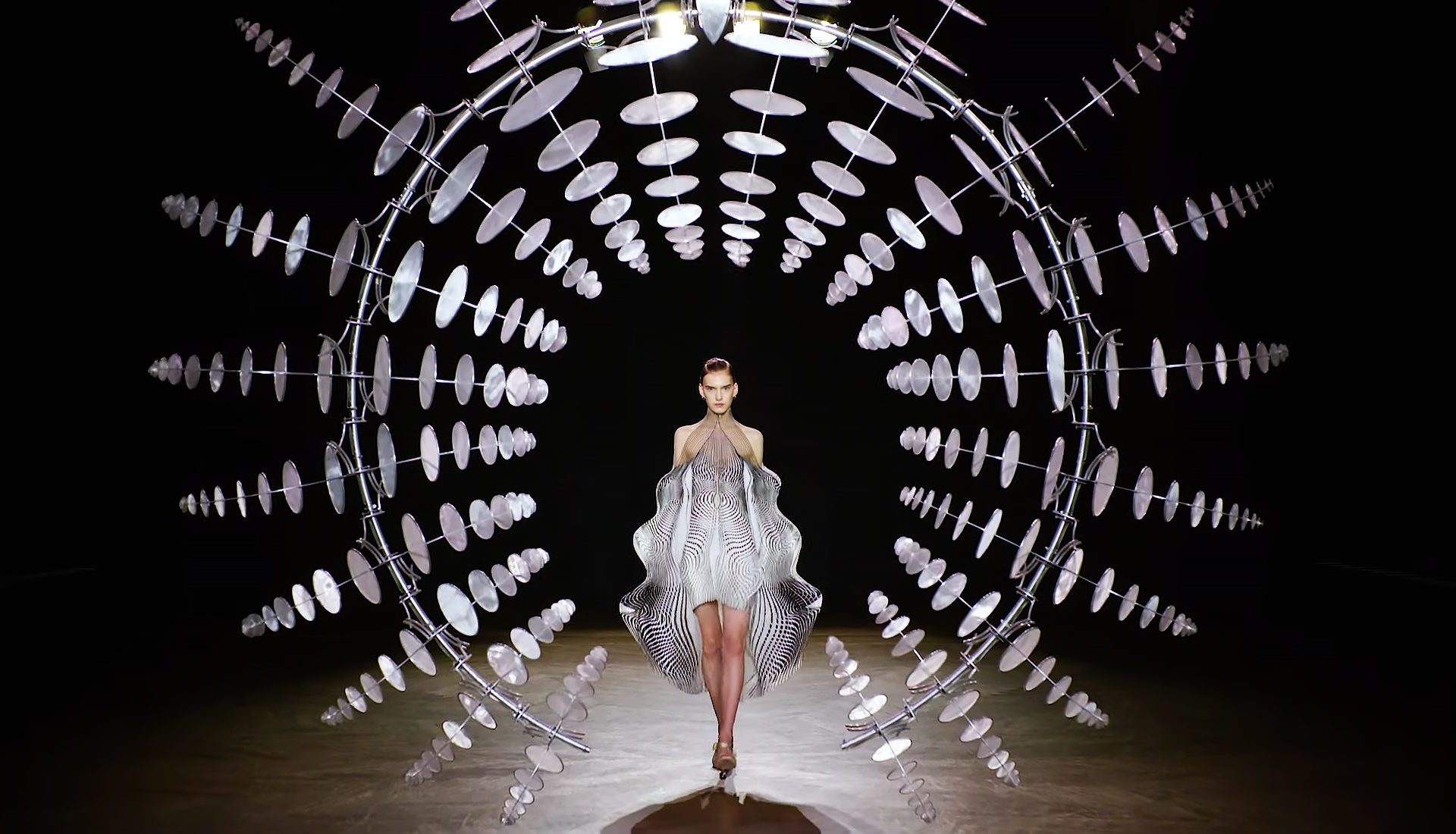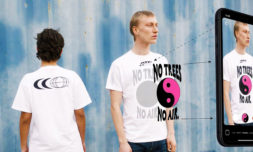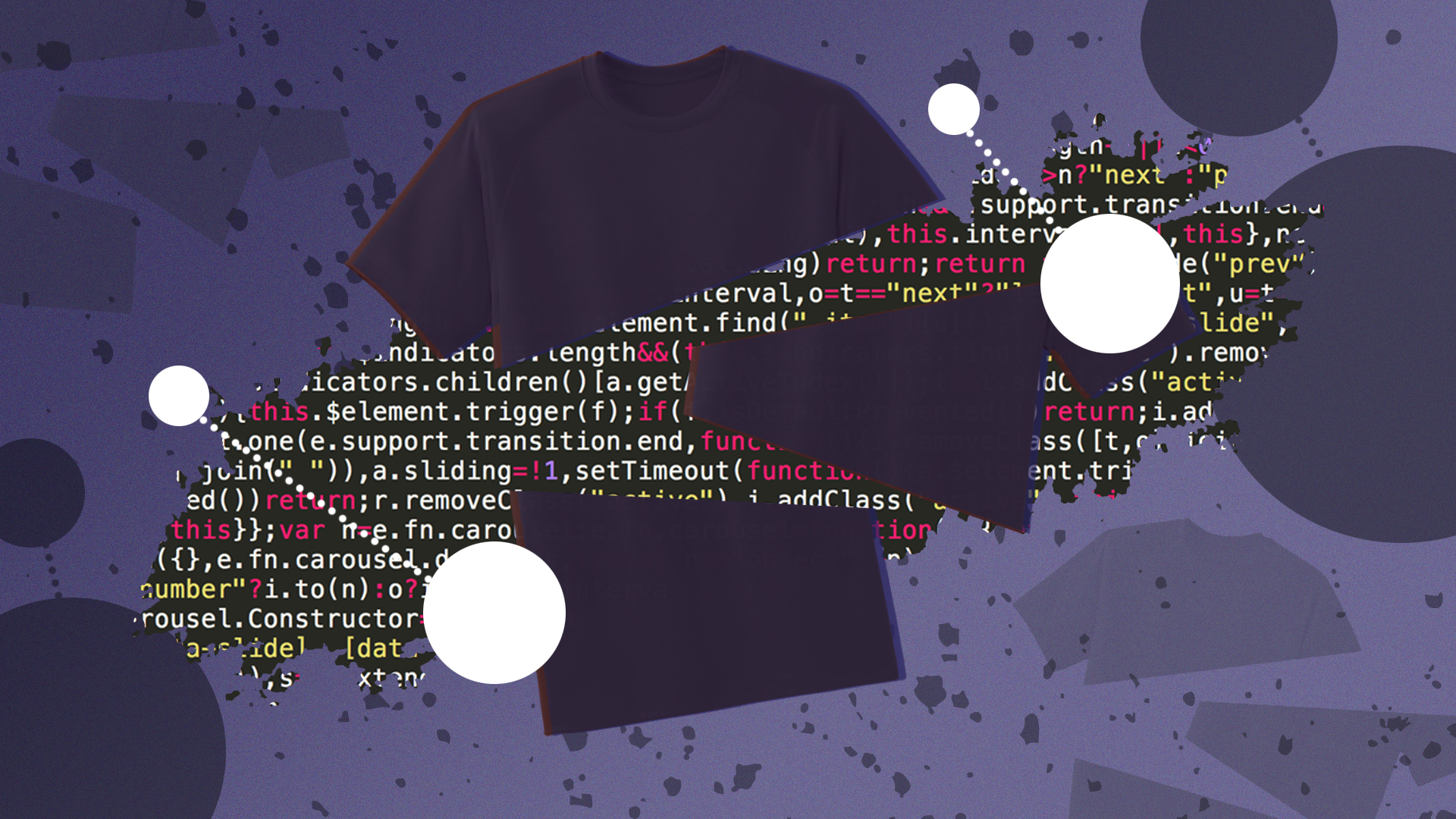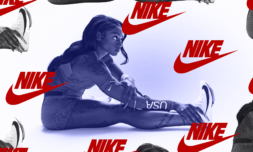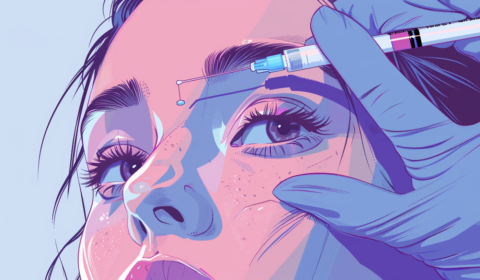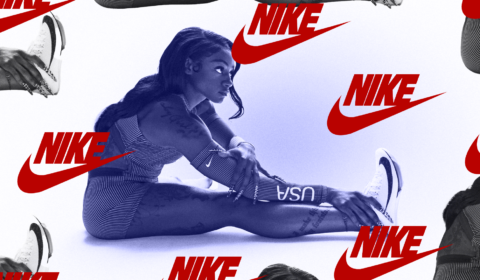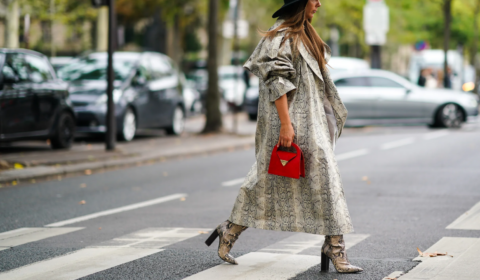From innovative 3D-printed designs, to a complete shift in marketing techniques, we take a look at how fashion is changing in the digital age – for better or for worse.
As in all sectors, technology is revolutionising how businesses operate. Embracing artificial intelligence, data analytics, digital manufacturing, and so on, the fashion industry is drastically evolving to adapt to the new landscape.
This transformation saves time and cost, has extensive sustainability benefits, and successfully appeals to tech-savvy consumers. But it also threatens creativity, job security, and eliminates the ‘human touch’ that’s an integral part of garment-making and design.
The merging of fashion and technology was inevitably a long time coming, but should it be an optional transition, rather than a necessary one?
Given our current climate situation, the pressures facing the fashion industry to be more sustainable certainly point towards a digital transformation as extremely necessary. If you consider the rising cost of raw materials (while the planet’s resources continue to decline), the vast carbon footprint associated with shipping goods back and forth from countries around the world, and the countless product launches attempting to keep up with social media trends, change is unavoidable.
Fashion, however, has been incredibly late to the game compared to other sectors such as healthcare, media, and education. The only way to meet the needs of global consumers is to update – and therefore digitise – manual processes. But how can this be achieved without losing authenticity? You can’t exactly express the value or craftsmanship of a Hermès silk scarf through 3D rendering, now can you? At least that’s what the industry seems to think.
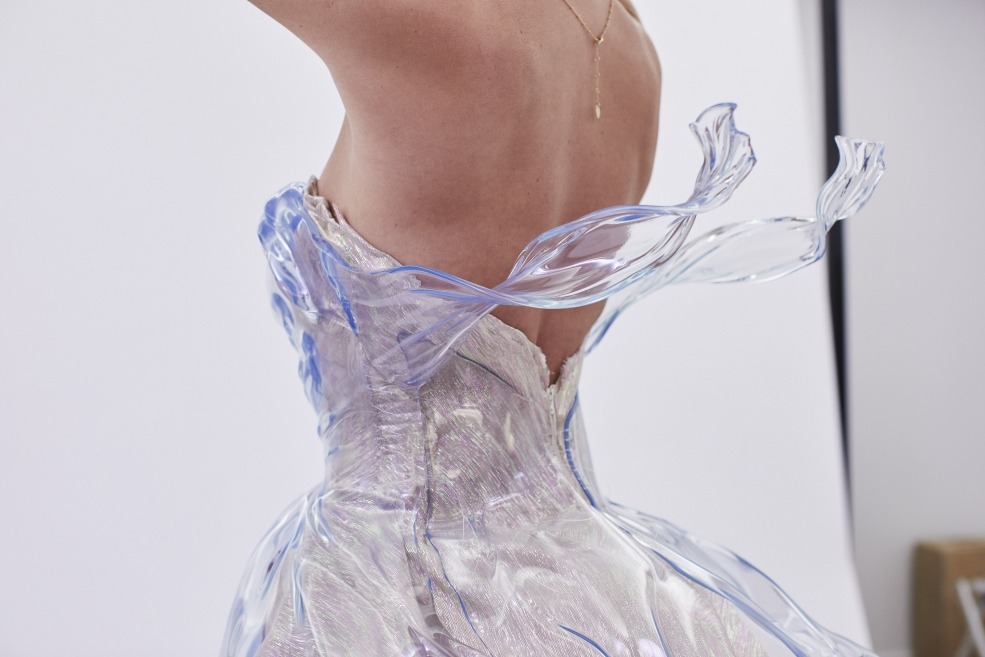

What this opinion comes down to is the fact that digital design is a form of engineering using CAD/CAM software that isn’t typically that intuitive or creative (in a way that inspires designers). At its core, fashion has long been viewed as an art form. A way in which creative visions can become a reality and then used to express individuality – whether it’s the designers, or that of whoever wears it. Consequently, the industry has been slow to welcome such a significant change, wary of the impact it may have on how consumers connect with brand image, per say.
The ephemerality of fashion design is what makes it unique. In order to match the fast-paced nature of our interests, designers must continuously evolve, mirroring the transition. When you look at the current turnover of styles and the speed at which fashion moves to keep consumers’ attention, it’s simply not feasible to reject transformation, especially when it’s related to technology, a change that has totally inserted itself into modern day life with substantial force.
Take marketing, for example. In this digital age, the fashion industry has wholeheartedly come to terms with the necessity of using the internet to sell products. It’s a phenomenon that Depop knows only too well, providing a flawless platform for the integration of e-commerce, online communities, and social media trends. If it’s not advertising campaigns that pop up as we scroll through Facebook, or celebrities and influencers targeted to promote clothes and accessories on Instagram, it’s giving us an exclusive insider perspective into what goes on behind closed doors.
Never before have we been privy to witnessing the entire design process. Now, we have the option to follow supermodels as they saunter down the runway or watch in awe as Kendall Jenner poses in front of a camera wearing haute couture.
It’s these revelations that lead us to cultivate some sort of informal (yet equally personal) relationship with designers and their ideas. And perhaps the reason they’re so reluctant to introduce technology to their ateliers.









